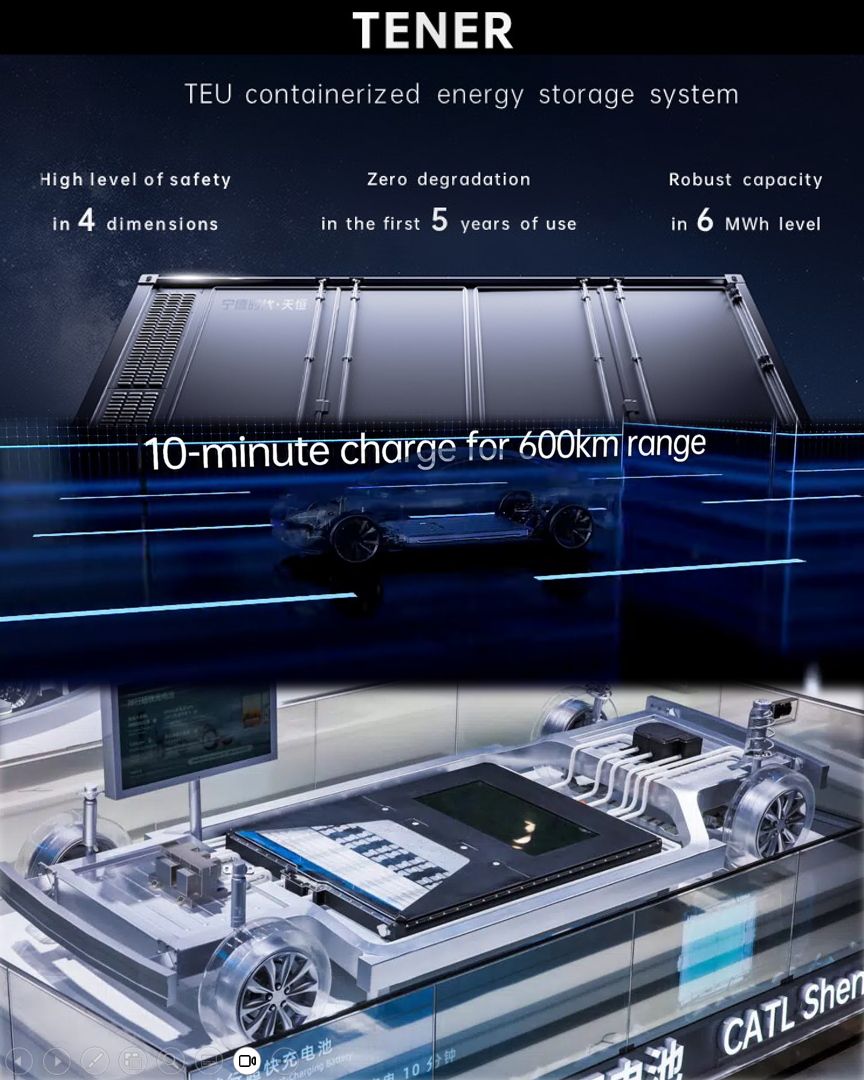Topics in Focus

CATL has unveiled three new battery technologies that set new standards with exceptional range, charging speed and energy density - including an LFP battery with a range of 1,000 km and a cell with 500 Wh/kg. These innovations are ready for series production and are clearly shifting the technological balance of power in electromobility in China's favor. While Western manufacturers are still struggling with production issues, CATL is confidently setting the global innovation pace - with geopolitical consequences.

With its “Super E-Platform”, BYD has presented a fast-charging system that delivers energy for up to 470 km in just five minutes, but with an output of up to 1 megawatt, it could place considerable strain on the power grid. However, experts put this concern into perspective, as buffer batteries and intelligent grid control could balance out the load - they see greater challenges in the private sector with simultaneous charging. As an alternative, Nio is pursuing an approach with its battery swap system that relieves the load on the grid and is already widespread in China, while Europe is still lagging behind.

Even if there is no law that explicitly prescribes a skilled electrical person (VEFK), the obligation to appoint one arises indirectly from the Occupational Health and Safety Act and the Ordinance on Industrial Safety and Health. Employers are obliged to minimize hazards from electrical systems, which requires specialist expertise - which can usually only be ensured by a VEFK. In companies with complex or extensive electrical systems, a VEFK is therefore essential, whether as a permanent specialist or as an external service provider.

Electromobility is now feasible for everyday use - especially for people with their own charging facilities - even if public charging infrastructure, charging times and inconsistent payment systems still present hurdles. The greatest advances are expected to come from battery technology: fast charging, lower weight and lower raw material costs should increase range and make e-cars more affordable. In addition to better batteries, more fast-charging stations, expanded electricity grid access and standardized payment solutions are needed to make electric mobility suitable for the masses.



